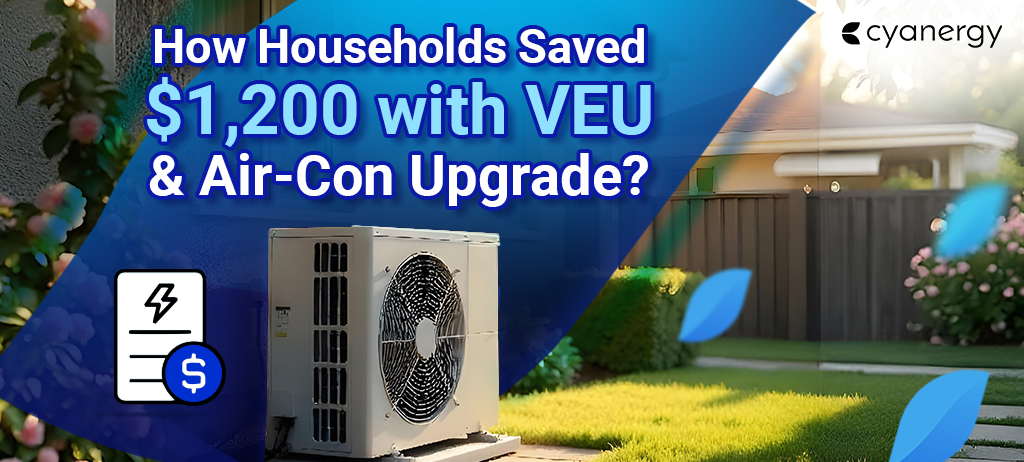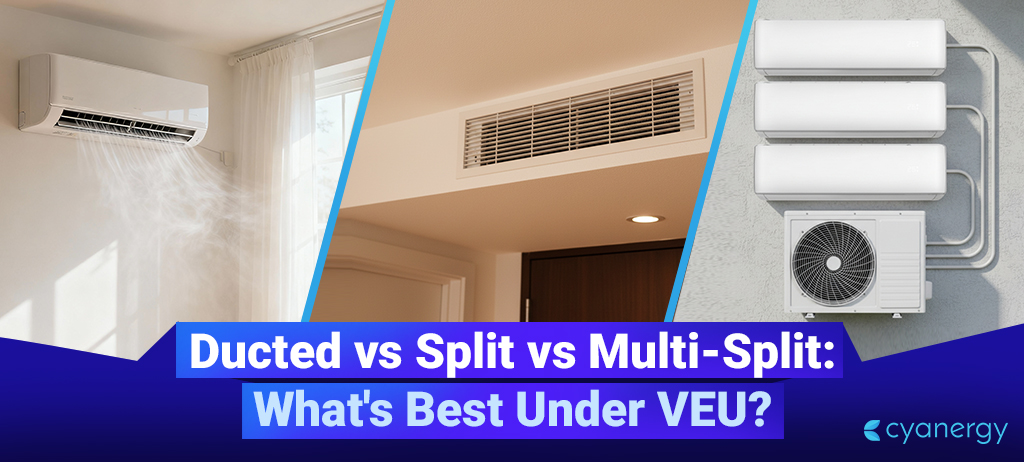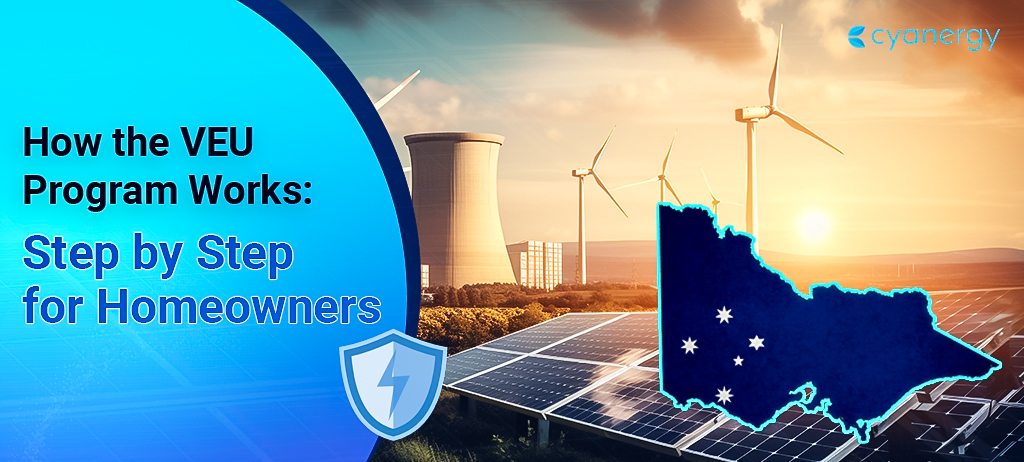An inverter is one of the prerequisite equipment, which builds the foundation of the whole solar system. Therefore, choosing the right inverter for the right solar system is a must for utilizing solar energy. There are lots of inverters available in Australian’s solar market, but not all of them deserve to get praised. Some of the inverter’s companies just come and go, but they didn’t seem to have lured its customers by dint of their lack of impressive technologies and features. Huawei “Battery ready” inverter is one of the quintessential inverters that have taken the solar industry by storm. Our Huawei inverter review will explore those features and pros, along with some of the cons to give you an insight into its application for the modern days’ solar systems. Cyanergy feels proud to announce that it has the collection of Huawei’s top-class inverter “SUN2000L.”
How Huawei Hybrid inverter evolved?
Huawei is considered as a new kid on the block in the residential solar market as it maintained a very low profile despite being involved in the manufacture of the commercial and utility solar inverter. Just because, Huawei has stepped into the residential solar inverter business doesn’t mean that they are inferior to some of the biggest inverter’s companies, but rather they remained in the sidelines, researched on the currently available inverters in the market, and hence came up their unique and consolidated piece of a string inverter.
The reason they wish to opt for the string inverter is that the string inverter has undergone a series of transformation and have been adapted to suit for the latest solar equipment with minimal cost and more improvements.
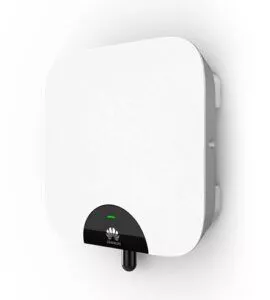
Huawei (SUN2000L) Inverter
Huawei’s solar inverter aka “battery ready” inverter is a distinctive inverter of its kind since it comprises of all the latest features that typically some of the biggest companies like Fronius has. The string feature doesn’t obstruct its possibilities, but rather its ability to add batteries in the future without requiring any AC main grids, weather rated (IP65) capacity, ten years warranty (5 years + extra 5 years with purchase), smart PV safety box, LG chem RESUH battery, Rear heat sink, FusionSolar reporting software, and IV-curve testing are some of the characteristics that add values to its table, outsmarting many of the potential inverter’s manufacturers.
Huawei Inverter Review
A brief overview of Huawei: Huawei as pronounced as “hua way” is one of the largest Chinese information and communication technology companies in the world. This company is formally well-known to most of the users not only due to its massive production of smartphones, but also for manufacturing all the robust telecommunication equipment that have made the modern lives even more convenient, such as routers, walkie talkie, modem, mobile phones, laptops, tablets, and many more.
According to 2017, Huawei had employed over 180,000 employees across 170 countries with a total growth of revenue over $90 billion and counting. Surprisingly, the company has invested a large sum of money in the R&D sector by signing on around 80,000 employees to particularly focus on this sector, making it the 6th biggest investor in the world just behind the Intel.
Apart from this Huawei inverter review, you can also check out some of the Cyanergy’s other inverter review content here
Features of SUN2000L explained
In our Huawei inverter review, We will specifically review on Huawei’s flagship solar inverter called “SUN2000L.” The advantage of using Huawei inverter is that they are already battery-ready, which means that it doesn’t require any additional and external secondary inverter to retrofit any existing obsolete solar inverter. Any inverter without the feature of battery-ready needs AC mains grid to connect the battery, should there be any necessity of adding battery in the future. As a result, it will charge you extra money, whereas the battery-ready will give you an option to plug your battery straightway into a connector in the inverter. Hence, it will save a lot of money and cause less hassle in terms of converting AC to DC or vice versa.
The SUN2000L is a slim and compact inverter of Huawei, which is capable of generating 2 to 5kW of power with a voltage ranging from 120 to 600V. This inverter can turn out standalone without using optimizer but can also be used alongside optimizer if needed.
1. Partial or full optimization using optimizer: The application of an optimizer is to monitor each panel’s ability in producing current and based on this, it tends to either boost or buck them to the inverter. Most of the solar inverters lack the technology of monitoring the fluctuation of the voltage, but Huawei’s advanced technology helps it get partially deployed, and hence shunt off the poor voltage produced in the solar panels suffering from shading. Afterwards, it tends to boost the voltage of those solar panels which produce adequate voltage to improve the yield of the current. The one and only optimizer currently manufactured by Huawei is the SUN2000P, which has a maximum input power rating of 375W, max current of 12A and voltage capacity between 10 to 80V. Click the link to know more about different inverter’s types.
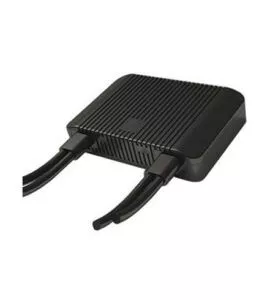
SUN2000P optimizer
When the battery is connected with the inverter, the voltage has dwindled to 500V from the maximum voltage of 600. The consequent decrease in voltage causes the limitation in the string lengths below 12 panels. Whereas some of the top-notch optimized inverters are likely to have faults in managing string lengths below 7 (fewer panels strings mean less current produced to charge the battery),the Huawei inverter can easily provide you with a powerful and flexible system with very short strings of 4 panels with or without needing any optimizers.
It also reduces the effect of shading as you can easily move your solar arrays into any corner of your roof due to a shorter length of the string of panels. However, Huawei has promised to look upon this reduced voltage issue and sort it in the future updates.
We will also talk about an add-on unit which catalyzes the performance of the optimizer. This add-on device is called a “smart PV safety box.” This inverter is independent of this box, but if you need to monitor the performance and the latency of the inverter, you can use this box. It enables the inverter to receive the necessary data regarding the status of the voltage rendered by the optimizer through a DC power line and thus takes action. Smart PV safety box enables the inverters to shut down immediately as soon as it encounters any abnormalities in reading, as well as a blackout.
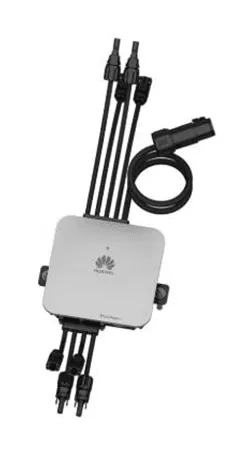
Thanks to L1 and M1 models as they are equipped with a built-in chipset that does the same job as this box, hence no need of the additional box. If you need to know more about this safety box, please click the link.
2. Battery Ready: The Huawei SUN2000L has an interface to couple with DC coupling high-voltage battery called, “LG chem RESUH” battery. This battery has great durability with a sublime performance that can raise its power from 9.2kWh to a maximum of 19.2kWh storage capacity.
This plug-in-play inverter, unlike central inverter, doesn’t rely upon any additional combiner box. Therefore, no additional costing, as well as hassles, involved with it like other mundane inverters.
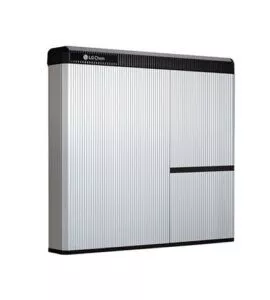
LG Chem 7kWh and 10kWh are two of the most secured and high-performance batteries available for the Huawei SUN2000L single-phase inverter that is dominating the Huawei solar inverter’s market. By November 2020, Huawei is yet to roll out its very own distinctive battery called “LIFEP04”, which can be extended from 5kWh to 30kWh for the M0 and new M1 three-phase inverters. In our Huawei inverter review, it is clearly evident that a high-grade battery is always imperative for a first-class inverter and so is for Huawei battery ready inverter.
3. Rear Heat Sink and No display: Although most of the modern inverters own built-in cooling fans as same as Fronius Inverter, Huawei inverter has applied a different technique by having a rear heat sink, contrived from their long years of experiment on the telecoms.
The special kind of indentations are typical of Huawei’s many creations, and so is this inverter. Despite having no fans, these indentations cause the excess heat to emit outside, allowing the device to cool down to keep up the performance.
Besides, the inverter has no typical LCD like other inverters, causing the setup and installation to happen through WiFi instead of the screen. The absence of fuse, cooling fans, display and buttons will allow the inverter to avoid any plausible malfunction of the inverters same as many contemporary inverters.
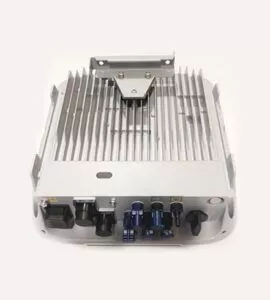
By the end of 2020, there will be overall four types of Huawei hybrid models released in the Australian’s market, and they will all be prefixed by SUN 2000.
| L | L1 | M0 | M1 | |
|---|---|---|---|---|
| Phase(s) | Single | Single | Three | Three |
| Battery | LG Chem HV 7kWh/10kW | Same as L, but also Huawei LUNA2000 5-30kWh | Huawei LUNA2000 5-30kWh only | Huawei LUNA2000 |
| 5-30kWh only. | ||||
| Models | 2kW to 5kW | 2kW to 6kW | 5kW and 6kW | 5kW and 6kW |
| Optimisers | 375W | 450W | 375W | 450W |
| Back Up | No | Optional | Optional | Optional |
| Oversize | 7.5kW | 7.5kW/10kW | 10.25kW | 11kW |
| WIFI | Yes | Yes, and 4G option | Yes, and 4G option | Yes, and 4G option |
| Warranty | 10 years | 10 years | 10 years | 10 years |
| Price | $1,600 | $1,900 | $1,900 | $2,200 |
| Available | Since 2018 | August/Sept 2020 | Since 2019 | August/Sept 2020 |
4. Emergency Power Supply (EPS): Suppose the solar system is on-grid and exports the excess power back to the grid while being connected to a battery, in that case, the safety technology inside the inverter causes the whole system to shut down in the case of a blackout in case the workers can get a shock while fixing the system. Therefore, you could add a component called “EPS” which will back up your power unless the outage is fixed. It also ensures that the system is not exporting any power to the grid while shutting down the panels. An EPS can be either found inside the inverter as built-in or come as a different device, but in either case, you have to splurge around $500.
5. FusionSolar Reporting Software: This cloud-based monitoring portal has superseded the previously used NetEco portal in terms of its easy-going interface along with many more appealing features to enhance your solar experience. This Huawei inverter review contains a picture below in which you can see that the red line illustrates the energy imported from the energy company, the green line shows the exported energy back to the grid, and the blue line denotes to a self-consumption.
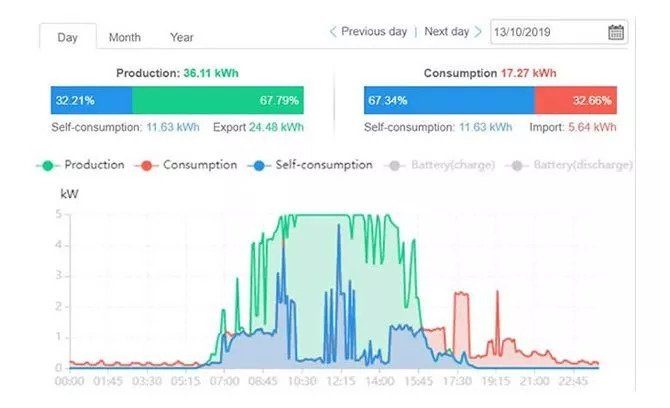
If the battery is connected, then it will highlight two more features, such as battery charge and discharge. The astonishing fact is that this software shows you a 24-hours report of the data monitoring regardless of whether or not the solar panels are working. You can also click the following link to watch this 6-minutes video to know the detail about this software.
6. IV-Curve Testing: The Solar systems can’t seem to go wrong in the large-scale commercial industry. For Huawei to detect any possible defects or malfunction, Huawei hybrid inverter has developed one of the most new-fangled trackings and monitoring self-utility systems, which is capable of identifying the inverter’s ability to offset the voltage and loads in accordance with the requirement and detect any impaired panels if there is any. From blown diodes to micro-cracks, shading, panel contrasting, or even grubby panels can be identified using this IV-curving technology.
This test is also capable of ascertaining 17 other problems pertinent to panels-inverters. This test takes only about 10 minutes to perform remotely. I think this technology is one of the trump cards for Huawei solar inverter out of all the perks mentioned in this Huawei inverter review.
7. Warranty: Warranty is one of the most important factors for the customers before purchasing solar inverter or any solar equipment. Huawei SUN2000L comes with a standard 5-year warranty with an additional 5-years warranty can be purchased. The warranty will apply from 180th day after the shipment from Huawei factory had happened or the installation date or whichever is earlier. You can also read out the following warranty and service condition of both SUN2000L and SUN 2000.
8. IP65: Ingress protection rating of this hybrid inverter is 65, making it resistant to a heavy force of water at a jet speed, as well as keeping the inverter free from heavy accumulation of dust. The Huawei’s world-class leading EMC lab and testing facility is patronized by many reputable organizations, including TUV, UL and FCC. The Huawei has undertaken a massive number of durability tests of their inverters like thermal cycling, severe humidity, salt-mist corrosion and drowning inverter test. You will feel a bolt of the blue to hear that they had taken the explosive, as well as the thunder lightning test of their inverter, and queerly those inverters withstood those tests.
Conclusion
From sales and marketing to service provider and distribution, Huawei is successfully operating its solar inverter business in Australia with a workforce of 700 employees. Also, the Huawei has a training centre based in Sydney along with an R&D facility in Melbourne. Its recent innovation as the hybrid or battery-ready inverter has proved that they in terms of quality and performance are indomitable compared to many other world’s leading solar inverter manufacturers. We, Cyanergy feel privileged to offer you this robust string inverter with a guaranteed warranty. We believe that our Huawei inverter review will be helpful to all the potential customers who want to install the solar systems in their properties. If you have any query, feel free to contact us or comment below.
Read about Cyanergy, one of the best CEC Approved solar retailers in Australia.
